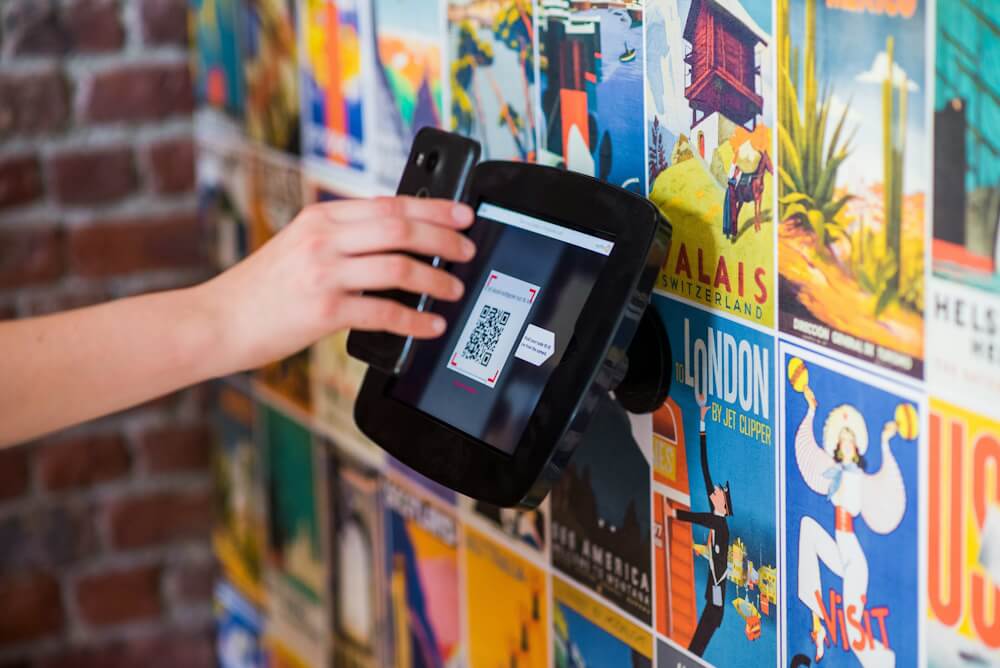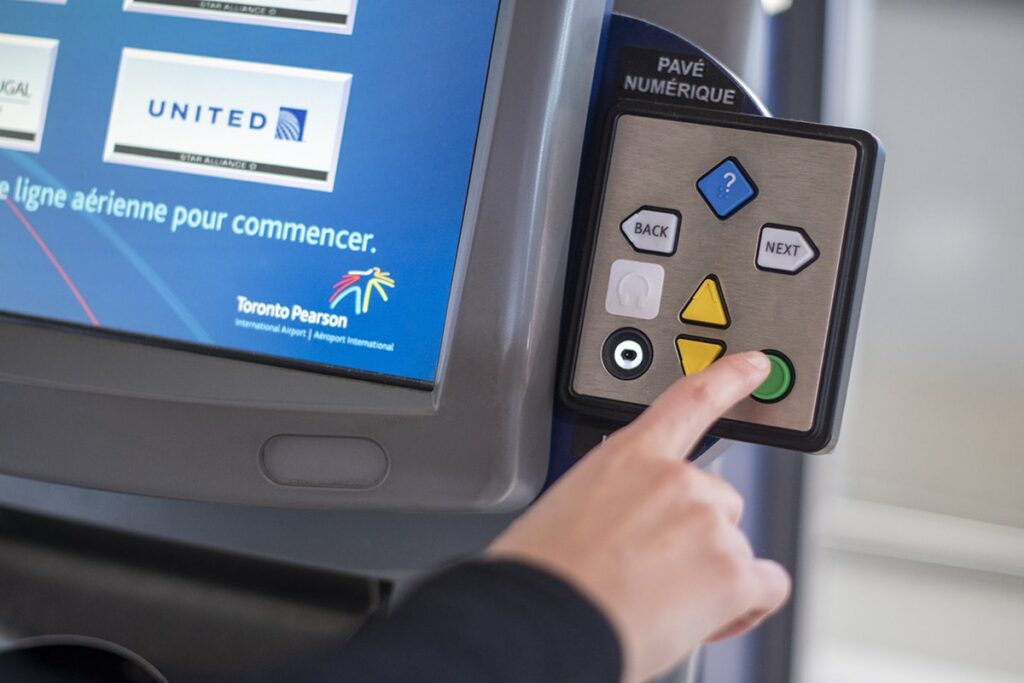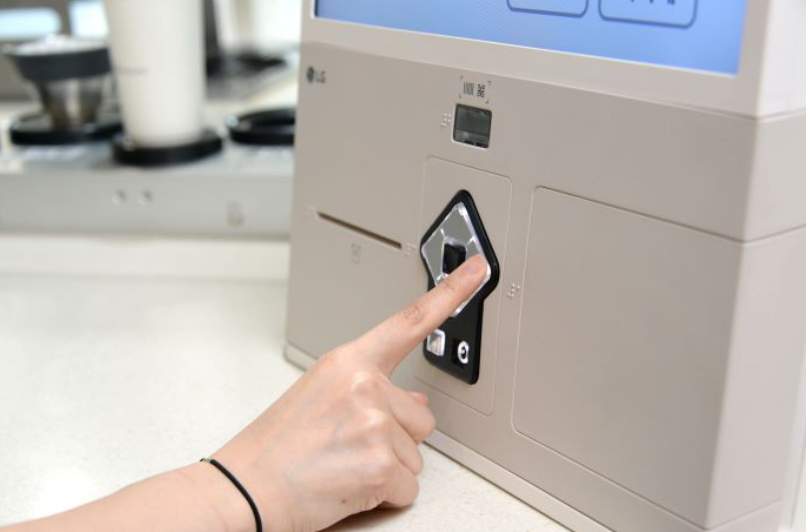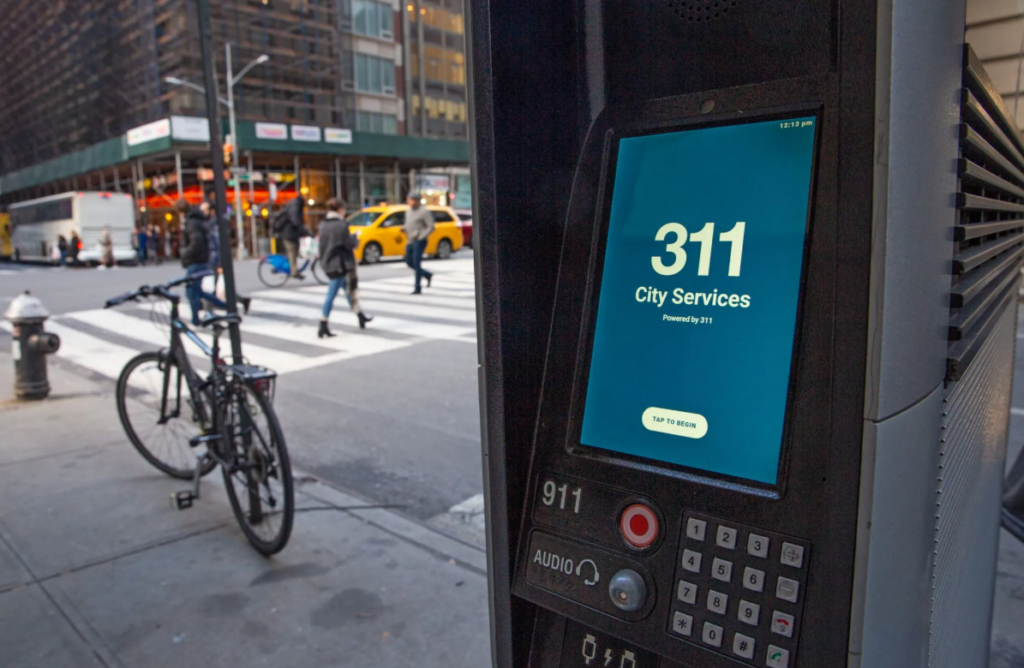Kiosk technology is a great way to enhance your customer experience, but have you considered whether your disabled customers will be able to have the same experience?
Regardless of whether you already have kiosks at your business premises or if you’re thinking about implementing them, kiosk ADA compliance should be a key consideration.
From airports and hospitals to government buildings and retail stores, kiosks have become one of the best ways to provide people with a more interactive experience.
However, if these kiosks are not designed with accessibility in mind, they can exclude individuals with disabilities from essential services.
Kiosk accessibility refers to designing self-service kiosks in a way that makes them usable by customers with various disabilities, including mobility impairments, vision loss, and hearing difficulties.
This involves implementing features such as voice guidance, tactile keypads, wheelchair-friendly positioning, and support for assistive technology for kiosks, like screen readers or alternative input methods.
When kiosks are designed with accessibility in mind, they become more intuitive and user-friendly for everyone, not just those with disabilities.
With that being said, businesses that prioritize kiosk ADA compliance can serve a broader audience, including the elderly and people with temporary injuries who may have difficulty using standard kiosks.
Over and above this, there are legal implications that need to be considered. Kiosk ADA compliance is not optional in the U.S.; businesses must ensure that their self-service machines meet accessibility standards.
In other regions, laws like the UK’s Equality Act 2010 and the European Accessibility Act set similar requirements.
Failure to comply can result in legal action, financial penalties, and the need for costly retrofits.
Accessibility is also a fundamental human right. Providing equal access to services is not just a legal obligation but a moral one too.

Let’s take a closer look at the features that an accessible kiosk would typically have.
To accommodate wheelchair users and customers with mobility impairments, kiosks must be easy to reach and operate.
For users with vision, hearing, or tactile limitations, assistive technology helps ensure an inclusive experience.
Kiosks should be designed to be intuitive and easy for people with cognitive disabilities or processing difficulties to use.
So, how do you make kiosks accessible to people with disabilities?
Designing accessible kiosks requires thoughtful planning and a user-centered design approach to ensure they are intuitive and usable for everyone.
For one, using an appropriate color contrast and font sizes improves readability for users with visual impairments. Additionally, a consistent and predictable user interface enhances cognitive accessibility, allowing users to navigate kiosks more easily.
In essence, you want to focus on providing simple, clear instructions, intuitive layouts, and effective error-handling mechanisms to reduce confusion and frustration.
Using assistive technology as a tool when designing accessible kiosks can make a notable difference to the end result.
Kiosks should support technology such as screen readers and screen magnifiers to enhance your kiosk experience for visually impaired customers.
Additionally, alternative input devices, such as tactile keypads, voice commands, or switch controls, should be available for users who cannot navigate standard touchscreens.
Basically, you want to consider all the types of assistive devices your customers might need to use when interacting with your kiosk and use them to guide your kiosk functionality.
The importance of testing your kiosk with the support of the disabled community cannot be understated.
There’s no better way to get real feedback about the design and functionality of your kiosk than letting third parties test it. Don’t forget to reevaluate and continuously test your kiosks to ensure they are not only meeting the latest ADA requirements, but are meeting customer needs too.
Here is a quick look at a few businesses that have implemented accessible kiosks.
The check-in kiosks at Toronto Pearson International Airport were designed with accessibility in mind. By adding navigational keypads to the right side of the touchscreens, visually impaired passengers are able to check-in without assistance.

Source: Toronto Pearson International Airport
In an effort to make their stores more inclusive, LG introduced kiosks with user-friendly interfaces and physical designs that cater to customers with mobility challenges. Some of the features include a low-vision mode with larger text as well as a low-standing mode for customers entering the store in a wheelchair.

Source: Korea Bizwire
New York City has installed public access kiosks that offer access to free internet and other services, but are also fully compliant with the Americans with Disabilities Act (ADA). Some of the most notable features include tactile keypads, headphone jacks for audio assistance, and screens positioned at accessible heights.

Source: Ben Fractenberg/THE CITY
A kiosk could be the very first interaction a customer has with your business, which is why it needs to be a memorable, user-friendly experience.
It’s your responsibility as a business to provide all customers with access to your business services and important information, not to mention a legal obligation.
Your kiosks might be one of the smaller aspects of your business, but it’s these minor experiences that can make a big difference to your customers as well as your brand’s reputation.